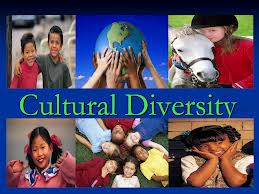Cultural diversity means – “recognition, acknowledgement, appreciation & positive use of the rich variety of differences among people at work.
Employees in almost any organization are divided into subgroups of various kinds. Formation of groups is determined by two broad sets of conditions. First, job-related differences & similarities, such as type of work, rank in the organization & physical proximity to one another. Second non-job related conditions arise primarily from an individual’s personal background.
Equal Employment opportunity Laws (EEO Laws) is the – “ provisions of equal opportunities to secure jobs & earn reward in them, regardless of conditions unrelated to job performance”.
EEO Laws prohibit discrimination on factors other than job. The Law has some advantages –
- Equal citizen access to job.
- Better use of labor force.
- Higher family earning.
- Better self – image for citizens.
- More useful contributors to society.
In response many organizations voluntarily developed affirmative – action plans, in which they adopted nondiscrimination policies, reviewed their personnel practices & monitored their progress.
Affirmative – action programs, designed to, expand the opportunities for qualified people, have three major goals .
- To provide redress for past discrimination.
- To correct current discrimination.
- To pursue greater diversity as a valuable objectives.
Example – In a university, where students from different places come and study together. They share their culture and practices with the others and make a mixed culture. This is how in a university the students get introduced with teachers & others their customs or their values.
However, many people remain opposed to the idea of multiculturalism, or cultural diversity awareness, while others often support it and yet have no clear idea of how it should be taught.

















